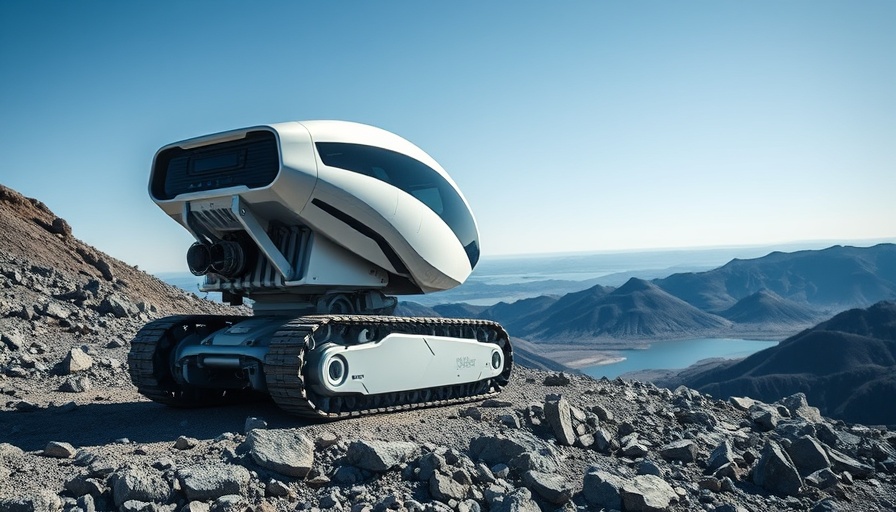
The Rise of Moon Mining: A Breakthrough in Space Innovation
In an exciting development for space exploration and future energy resources, the Seattle-based startup Interlune has unveiled a full-scale prototype of a moon-mining machine designed to harvest helium-3. This rare isotope is seen as a potential fuel for future fusion reactors, a prospect that could revolutionize energy production on Earth.
According to Interlune CEO Rob Meyerson, reliability and performance are crucial when designing equipment for the harsh lunar environment. The excavator prototype is engineered to churn through 110 tons (100 metric tons) of lunar regolith per hour, marking a significant leap in the capabilities of machinery intended for extraterrestrial mining.
Helium-3: The Fuel of the Future
Helium-3 is scarce on Earth but theorized to be abundant on the Moon. Mining this resource is not just a chapter in a science fiction story—it is a tangible opportunity that is being pursued by multiple nations and companies worldwide. Gary Lai, co-founder and CTO of Interlune, noted, “The high-rate excavation needed to harvest helium-3 has never been attempted before.” This illustrates the immense challenges and potential rewards involved in lunar mining.
A Collaborative Approach to Space Mining
The partnership between Interlune and Vermeer, a manufacturing company with a long history in agriculture and industrial equipment, highlights the collaborative spirit driving this endeavor. The prototype's development has built on the success of an earlier, smaller machine, demonstrating the iterative nature of innovation in the field of space technology.
Challenges Ahead: The Economic Feasibility of Moon Mining
Despite the excitement around this venture, experts caution that there are significant financial hurdles to overcome. Ian Crawford, a professor of planetary science at Birkbeck, University of London, claims that the “enormous amounts of investment needed for mining, extraction, and transportation” mean helium-3 may not be readily viable as a fuel source in the near term. As of now, other energy sources may remain more cost-effective.
A Broader Vision for Lunar Economy
The unveiling of this prototype comes amid greater interest in developing a lunar economy. Agencies such as the U.S. Defense Advanced Research Projects Agency (DARPA) are actively exploring ways to facilitate long-term human presence on the Moon through studies like the 10-Year Lunar Architecture (LunA-10) Capability Study. This initiative shows the diverse stakeholders interested in creating infrastructure that can support sustainable industries on the Moon.
The Future of Space Mining is Now
The development of this new moon mining technology suggests that the future of space exploration and energy might be closer than we think. With continued investment and innovation, mining on the Moon could one day provide humanity with access to unprecedented resources.
As we stand at the brink of a new era in space exploration, it’s essential to stay informed about these advancements and consider their implications for our future energy needs.
 Add Row
Add Row  Add
Add 




Write A Comment